Understanding UPVC Windows and Energy Ratings
UPVC windows, made of unplasticised polyvinyl chloride, are a popular choice for window frames due to their durability and low-maintenance properties. These windows are highly energy efficient and contribute significantly to sustainability and cost savings. The energy ratings of UPVC windows, ranging from A+ to G, provide a valuable measure of their energy efficiency, with A+ rated windows being the most energy efficient. This rating system enables homeowners to make informed decisions about the energy performance of their windows and the potential cost savings associated with higher-rated windows.
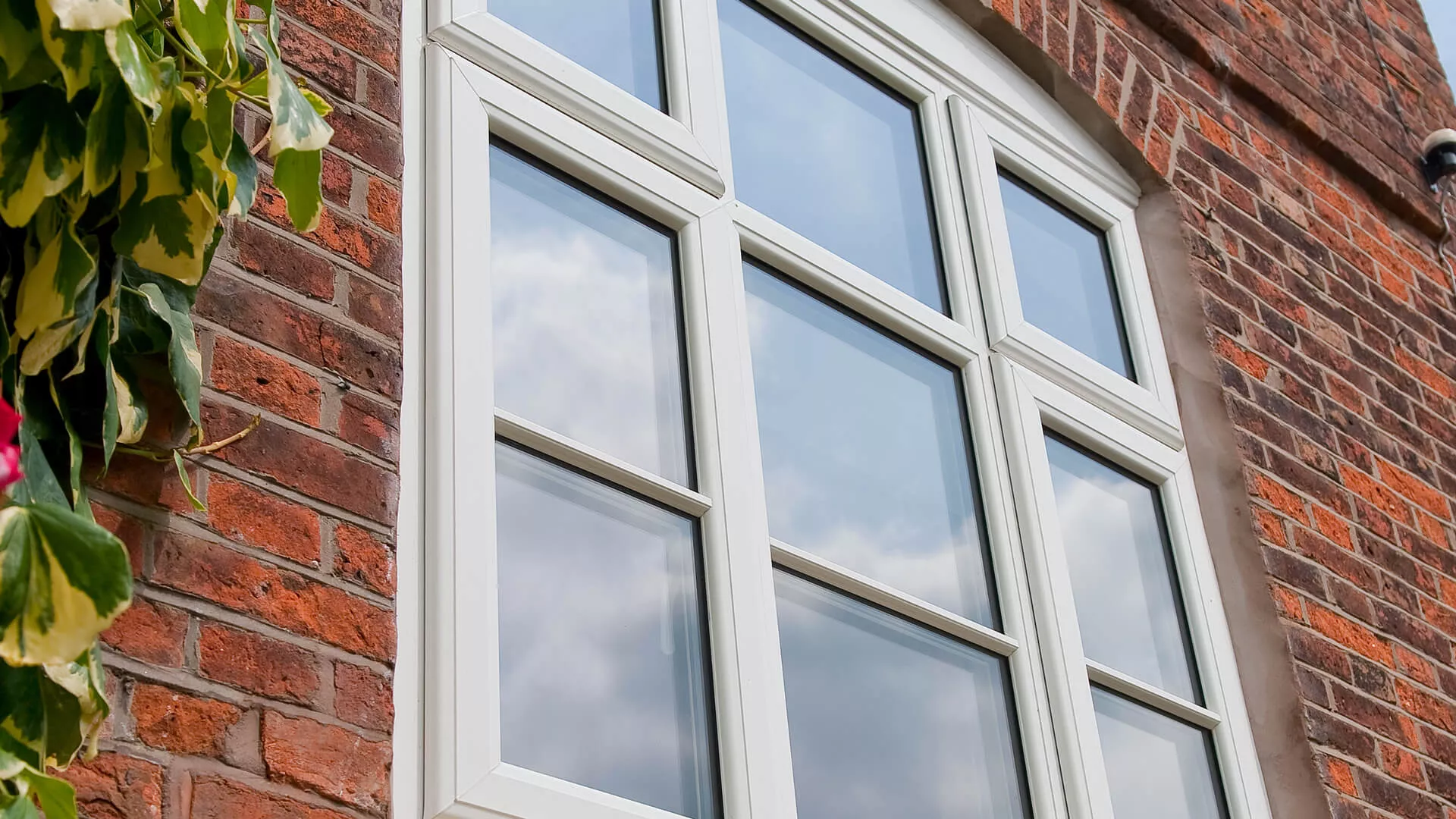
For instance, consider a scenario where a homeowner replaces their old windows with A+ rated UPVC windows. The enhanced energy efficiency of these windows leads to reduced heat loss during the winter months and minimizes heat gain during the summer. As a result, the home maintains a comfortable temperature throughout the year, reducing the reliance on heating and cooling systems and ultimately lowering energy bills. This exemplifies how UPVC windows, especially those with higher energy ratings, significantly contribute to sustainable living and cost savings.
Furthermore, the energy efficiency of UPVC windows benefits not only individual homeowners but also the environment. By reducing the energy consumption required for heating and cooling, A+ rated UPVC windows help decrease carbon emissions, aligning with global efforts to combat climate change. This environmentally friendly aspect of energy efficient windows underscores their significance in promoting a greener and more sustainable future for residential properties.
Moreover, the durability and low-maintenance nature of UPVC windows make them a long-term investment for homeowners, further enhancing their appeal as energy-efficient and cost-effective window solutions. This combination of energy efficiency, sustainability, and longevity positions UPVC windows as a valuable asset in creating comfortable, environmentally friendly homes while delivering substantial cost savings.
Exploring C Rated and A+ Rated UPVC Windows
C rated UPVC windows and A+ rated UPVC windows offer distinct benefits in terms of energy efficiency and cost savings. C rated windows, often chosen as a compromise between budget and energy efficiency, provide reasonable energy-saving benefits at a more affordable price point compared to their A+ rated counterparts. For instance, a homeowner may opt for C rated UPVC windows for a rental property or as a cost-effective solution for a renovation project, where budget considerations are paramount.
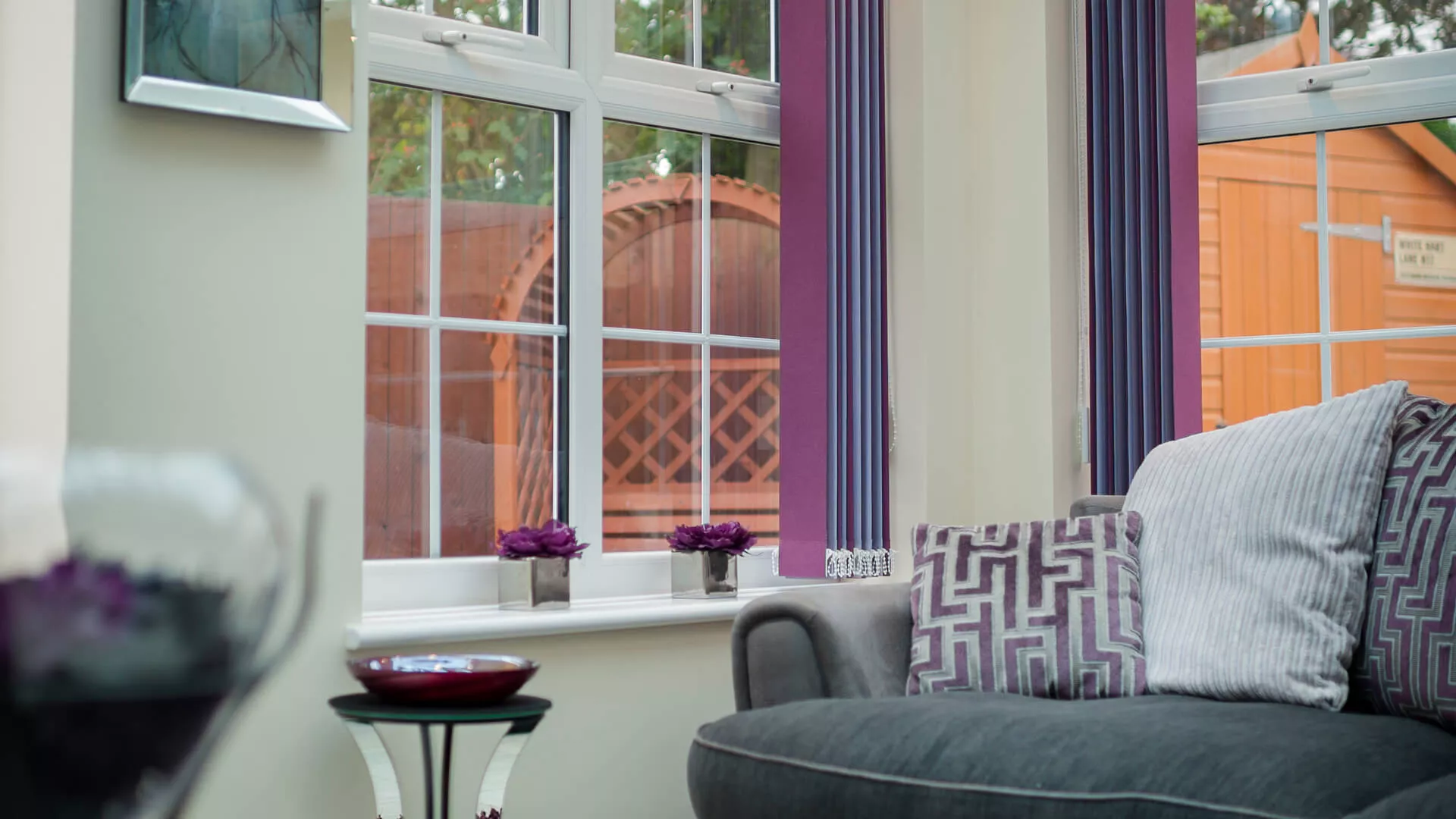
A+ rated UPVC windows are designed for maximum energy efficiency, making them the top choice for homeowners prioritising superior heat retention and substantial energy savings. These windows offer exceptional performance in reducing heat loss and minimising energy consumption. For example, a household in a colder climate might opt for A+ rated UPVC windows to benefit from significant cost savings on heating bills while also reducing their carbon footprint. Additionally, the advanced energy efficiency of A+ rated windows makes them an attractive option for eco-conscious homeowners dedicated to sustainable living.
To further illustrate, consider the case of two households with identical properties, one fitted with C rated UPVC windows and the other with A+ rated UPVC windows. Over the course of a year, the household with A+ rated windows is likely to experience more significant cost savings on energy bills due to the superior heat retention and energy efficiency of these windows. This example highlights the tangible difference in energy cost savings between C rated and A+ rated UPVC windows, emphasising the value of investing in higher-rated windows for long-term financial benefits.
While C rated UPVC windows provide a practical compromise between budget and energy efficiency, A+ rated UPVC windows lead the way in delivering unparalleled heat retention and energy savings, making them an ideal choice for those seeking the highest level of energy efficiency for their homes.
Energy Savings and Benefits of Double Glazing
Double glazing offers a range of benefits that contribute to energy savings and improved comfort within a home. The design of double glazing, with two glass panes separated by a gap, creates an insulating barrier that helps to reduce heat loss and maintain a consistent indoor temperature. This means that during the colder months, the heat from inside the house is retained more effectively, resulting in reduced reliance on heating systems and ultimately leading to cost savings on energy bills.
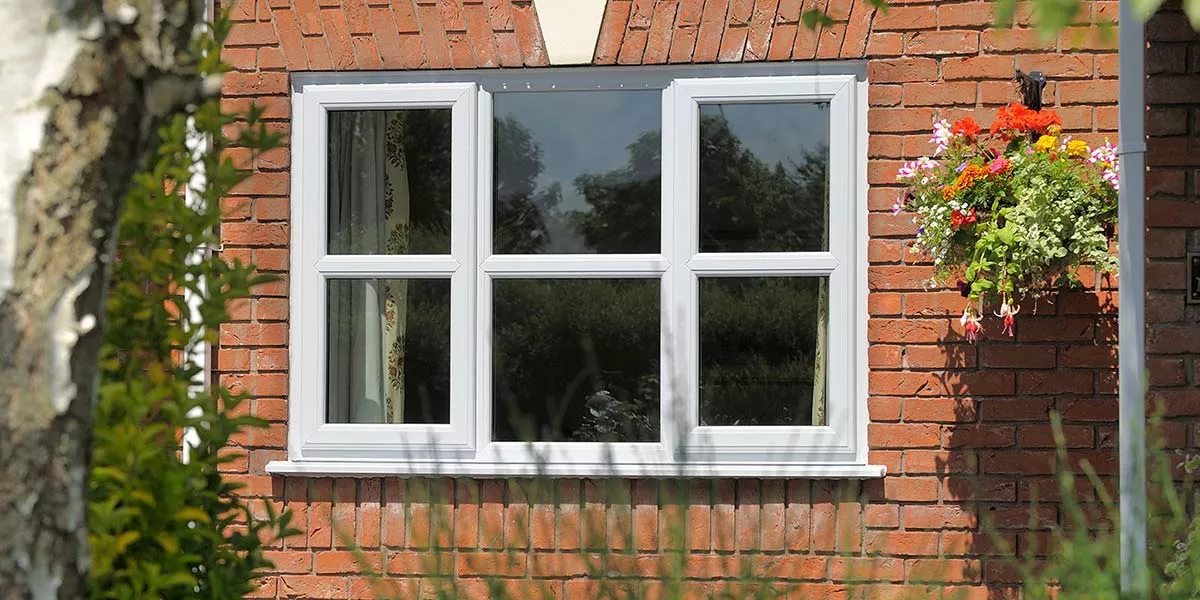
Moreover, the enhanced insulation provided by double glazing also contributes to a more comfortable living environment. By minimizing heat loss and reducing the impact of external temperatures, double glazing helps to maintain a consistent and pleasant indoor climate, regardless of the weather conditions outside. This not only enhances the overall comfort of the home but also reduces the occurrence of condensation on windows, creating a drier and healthier living space for occupants.
Additionally, the energy efficiency of double glazing not only benefits homeowners by lowering energy bills but also has a positive environmental impact. By reducing the amount of energy required to heat the home, double glazing helps to lower carbon emissions, contributing to a more sustainable and eco-friendly living environment. This aligns with the broader goal of reducing energy consumption and its associated environmental impact, making double glazing a valuable investment for both homeowners and the planet.
The benefits of double glazing extend beyond energy savings to include improved noise insulation, enhanced security, and reduced UV exposure. These additional advantages make double glazing a comprehensive solution for homeowners seeking to enhance the comfort, sustainability, and overall quality of their living space.
Factors Affecting Energy Cost Savings
When it comes to energy cost savings with UPVC windows, several key factors come into play. The type of gas used between the panes, such as argon or krypton, can significantly impact the window’s insulation capabilities. This is because these gases are denser than air, reducing heat transfer between the interior and exterior of the home. For example, double-glazed windows with argon gas fillings are known to offer improved thermal performance, making them a popular choice for energy-conscious homeowners.
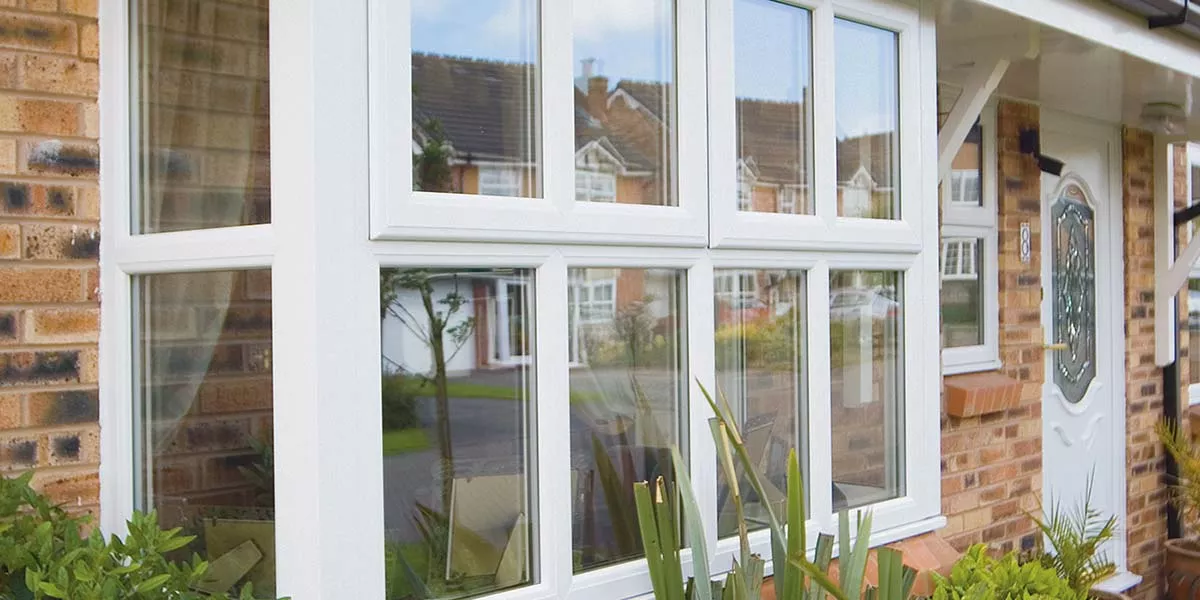
Another influential factor in determining the energy efficiency of windows is the specific glass treatments applied to the panes. Low-emissivity (Low-E) coatings, for instance, are designed to reflect heat back into the room, thereby reducing heat loss through the window. This means that during the colder months, the heat generated inside the house is retained more effectively, resulting in lower energy consumption for heating. Consequently, windows with Low-E coatings are excellent at promoting energy savings, making them a desirable option for environmentally conscious individuals.
Moreover, the materials used for the frames play a crucial role in determining the overall energy efficiency of windows. For example, UPVC frames are known for their excellent insulation properties, as they are poor conductors of heat. This means that they can effectively prevent heat from escaping or entering the home, contributing to reduced energy costs. Additionally, well-insulated frames can also help to minimize drafts and heat loss, further enhancing the overall energy efficiency of the windows. Therefore, when considering energy cost savings, it’s essential to choose windows with frames that offer superior insulation properties, such as those made of UPVC.
Furthermore, when choosing new windows, it’s vital to take into account various factors that can impact energy cost savings. Elements such as the style and design of the windows not only affect the aesthetic appeal of the property but also influence the overall energy efficiency. Additionally, the quality of the products and their price are significant determinants of the long-term energy expenses associated with the windows. Therefore, by carefully considering these factors, homeowners can make informed decisions that lead to substantial energy cost savings and a more sustainable living environment.
Average Annual Energy Cost Savings with A+ Rated UPVC Windows
A+ rated UPVC windows are an excellent investment for homeowners seeking to maximise energy cost savings and reduce their carbon footprint. These windows are specifically designed to minimise heat loss and significantly decrease the amount of energy required for heating, resulting in substantial annual cost savings on heating bills.
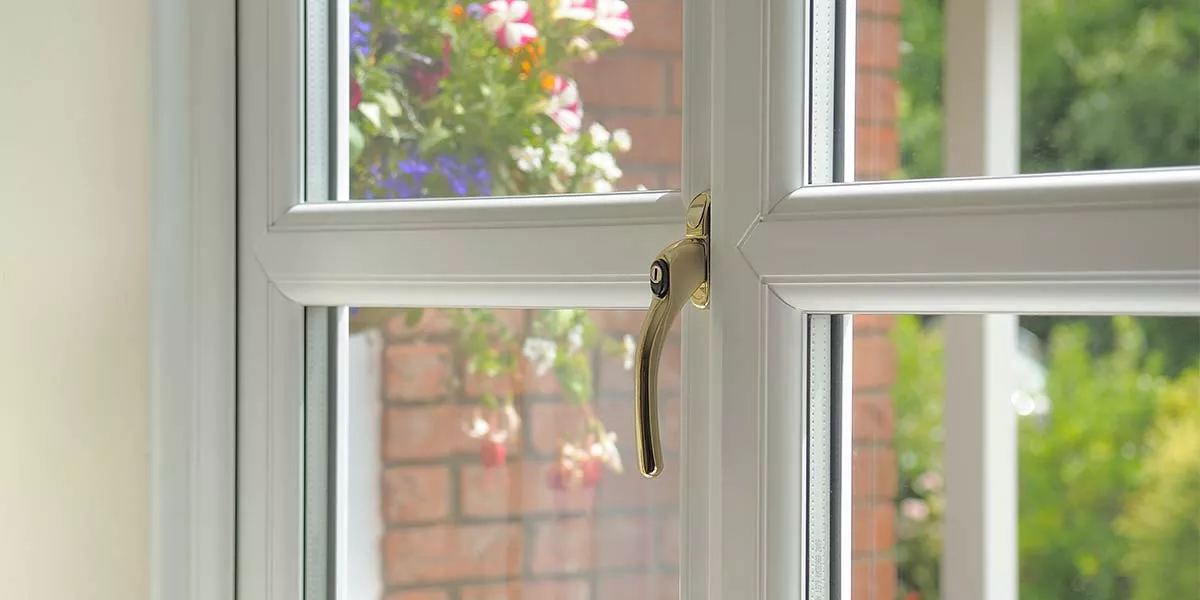
A typical household installing A+ rated UPVC windows could potentially save up to £180 per year on heating costs, in addition to reducing carbon emissions by 410kg annually. These savings can have a remarkable impact not only on the household’s finances but also on the environment, making A+ rated UPVC windows a sustainable choice for energy-conscious homeowners.
Moreover, with new building regulations mandating a minimum C energy rating for windows in all new homes, the emphasis on energy efficiency and the adoption of A+ rated UPVC windows as a standard highlight the significance of these windows in achieving long-term energy and cost efficiency. Therefore, choosing A+ rated UPVC windows can lead to tangible benefits, both in terms of financial savings and environmental responsibility, making them an attractive option for homeowners looking to upgrade their windows.
The installation of A+ rated UPVC windows offers homeowners an opportunity to enhance the overall value and appeal of their properties. Beyond the immediate energy cost savings, the improved energy efficiency and sustainability of these windows contribute to a more desirable and marketable home. This can be particularly beneficial for homeowners looking to sell their properties in the future, as energy-efficient features such as A+ rated UPVC windows are increasingly sought after by prospective buyers.
Choosing the Best Windows for Your Home
When selecting windows for your home, it’s essential to consider various factors that contribute to energy efficiency and cost savings. Style and design are important aspects to consider, as they not only enhance the aesthetic appeal of your home but also impact the overall performance of the windows. For example, casement windows provide excellent ventilation and a tight seal when closed, while tilt and turn windows offer versatility in terms of airflow and cleaning accessibility. These design considerations can influence the windows’ ability to retain heat and reduce energy consumption.
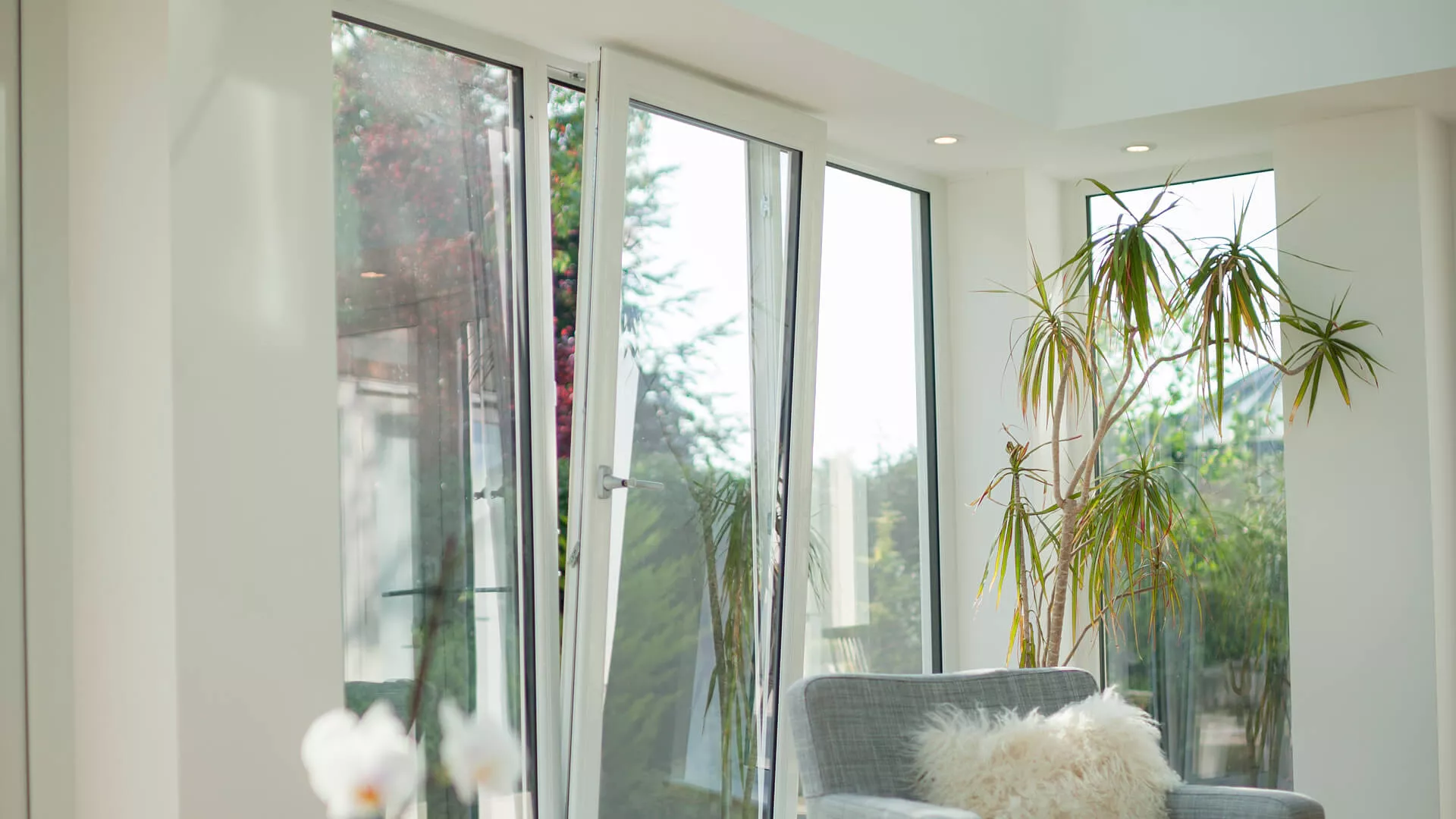
In addition to style and design, the quality of the windows is a crucial factor. High-quality materials and construction ensure better insulation and durability, contributing to long-term energy savings. For instance, UPVC windows are known for their excellent thermal performance, low maintenance, and longevity, making them a popular choice for energy-conscious homeowners. By investing in top-quality windows, you can expect superior energy efficiency and reduced heating costs over the lifespan of the windows.
Moreover, while price is a significant consideration for many homeowners, it’s important to weigh the initial cost against the long-term energy-saving benefits. A Rated windows, known for their exceptional energy efficiency and heat retention, may have a higher upfront cost compared to C Rated windows. However, the potential for substantial energy bill savings over the years makes them a wise investment for those prioritizing energy efficiency. On the other hand, C Rated windows provide a more budget-friendly option without compromising significantly on energy efficiency, making them a practical choice for homeowners seeking a balance between cost and energy-saving advantages.
By carefully evaluating style, design, product quality, and price, homeowners can make informed decisions that align with their energy efficiency goals and budget, ensuring optimal comfort and cost savings in the long run. It’s important to consider the long-term benefits of energy-efficient windows, such as reduced energy bills and enhanced sustainability, when making decisions about window replacements and upgrades.
Installing Energy Efficient Glazing
When it comes to energy efficient glazing, homeowners have various options to choose from, such as double glazing and triple glazing, as well as secondary glazing. For instance, double glazing, which consists of two glass panes with a gap between them, provides enhanced insulation and reduces heat loss, ultimately leading to lower energy bills and a more environmentally friendly home. In addition, triple glazing offers an even higher level of energy efficiency, achieving A++ ratings, and further contributes to significant energy cost savings. These advanced glazing options not only enhance the sustainability of the home but also create a more comfortable living environment.

Moreover, the choice of window frames and specific glass treatments plays a crucial role in determining the energy efficiency of glazing. Windows with UPVC frames, known for their durability and low-maintenance features, are considered energy efficient and contribute to substantial energy cost savings. Additionally, the inclusion of inert gases between the panes further enhances the insulation properties of the glazing, reducing heat loss and overall energy consumption. For example, argon or krypton gases are commonly used in double or triple glazing to improve energy efficiency and contribute to a more sustainable living environment. These energy efficient features not only benefit homeowners through lower energy bills but also reduce the carbon footprint of the property, making it a wise investment for the long term.
Furthermore, the potential cost savings from double glazing are substantial, with homeowners being able to save up to £180 a year and help reduce carbon dioxide emissions. Despite the initial investment required for installing energy efficient glazing, the long-term financial benefits far outweigh the costs. The combination of reduced energy bills and lower environmental impact make double glazing a cost-effective and environmentally friendly choice for homeowners looking to enhance the energy efficiency of their properties while enjoying significant annual savings.
It’s important for homeowners to explore the various options available for energy efficient glazing and consider the specific benefits and cost savings associated with each option. By carefully evaluating the long-term advantages of double and triple glazing, as well as the potential energy bill savings, homeowners can make informed decisions that align with their sustainability goals and budget, ensuring optimal comfort and cost savings in the long run.
Consultation and Installation Process for Energy Efficient Windows
When considering the installation of energy-efficient windows, it is important to engage with professional installers who are qualified and reputable. One way to find such installers is through organisations like the Glass & Glazing Federation (GGF). This ensures that the installation process is carried out by experienced and skilled professionals who can guarantee the quality and effectiveness of the energy-efficient windows.
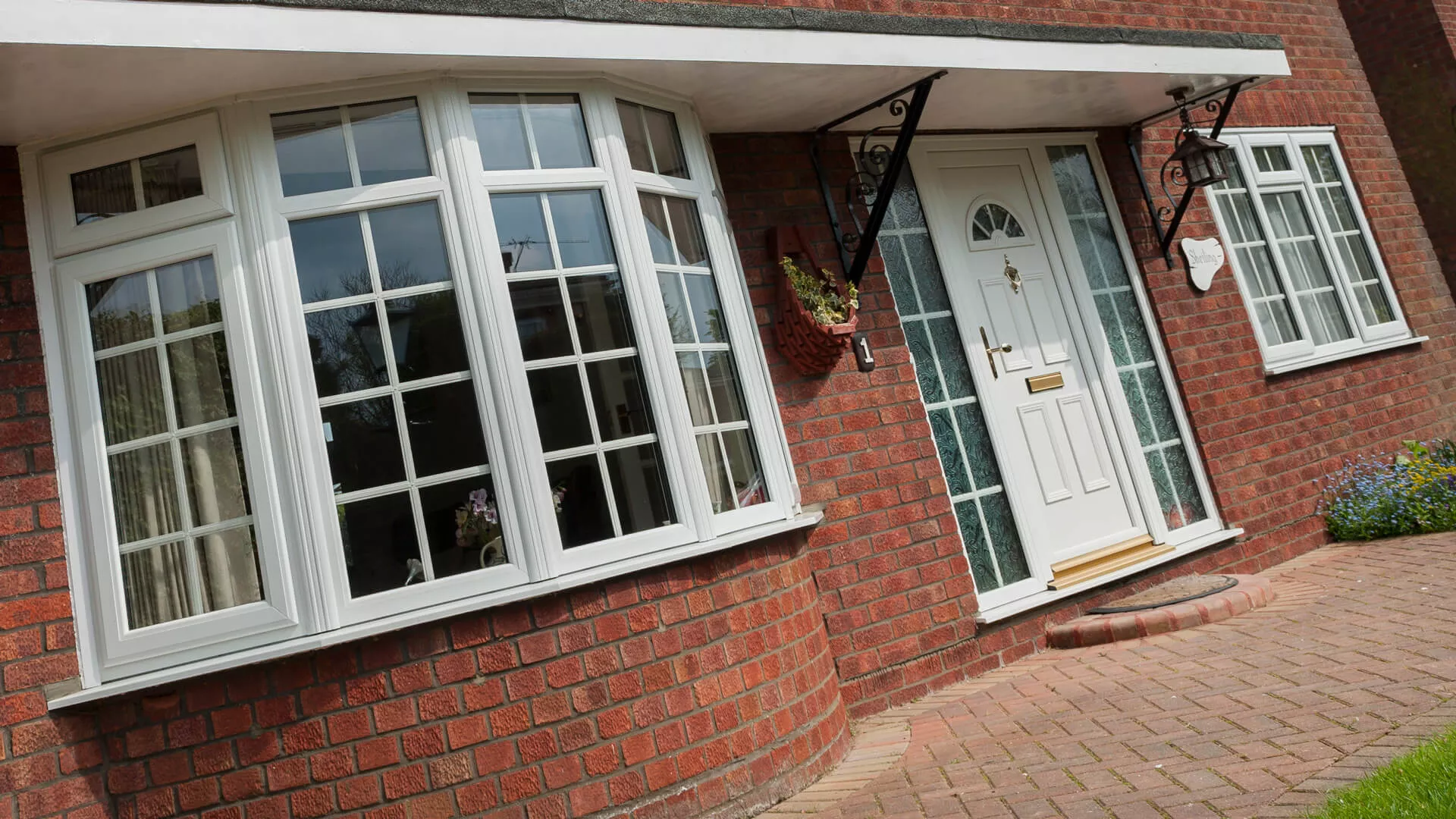
Moreover, homeowners living in conservation areas, period properties, or listed buildings need to be particularly mindful of any restrictions on window replacements. These restrictions may be in place to preserve the heritage and architectural integrity of the properties. As a result, it is imperative to consult with local councils to ensure compliance with regulations. By doing so, homeowners can make informed decisions about the type of energy-efficient windows that can be installed while adhering to the specific guidelines and requirements of their property’s location.
In addition to double glazing, there are alternative methods for improving energy efficiency and reducing energy bills. These alternatives include secondary glazing, heavy curtains, sealed blinds, and shutters. Homeowners should carefully consider these options in conjunction with professional advice to determine the most suitable and effective solution for their specific requirements and budget. By exploring these alternatives, individuals can enhance the energy efficiency of their homes and achieve significant cost savings in the long run.
It’s important for homeowners to seek professional guidance and consider the specific requirements and regulations that may apply to their property when planning the installation of energy efficient windows. By understanding the consultation and installation process, homeowners can ensure that their energy-efficient upgrades are compliant, effective, and aligned with their budgets.
Want to speak with an advisor? Give us a call on 0800 011 2400
Our friendly team will be pleased to help with any questions you may have.
